The Slave trade changed the lives of thousands of people, despite being overlooked by most people. The slave trade is often credited to the Europeans enslaving Africans, but in fact, the slave tradition dates back thousands of years and was a part of virtually all ancient civilizations. It was believed that the slave tradition originated in Mesopotamia and then spread throughout the rest of ancient civilizations. However, today we will focus on the Atlantic slave trade, which was full of tragedy and cruelty across continents.
The Origin of the Atlantic Slave Trade

The Atlantic slave trade was a global segment of the slave trade. It transported between 10 and 12 million enslaved Africans across the Atlantic Ocean to the Americas, from the 16th to the 19th century. The Atlantic slave trade was the largest forced migration in human history. Before the invasion of European countries, Africa didn’t have stability in their empires and hence was divided into many states, which resulted in the Partition of Africa. By the time the Europeans started importing the Africans to America, Europe had a long history of trading slaves.
A lack of government and a lack of unification among the African states made it easier for Europe to trade with Africa rather than fight and conquer it. In exchange for goods such as textiles, metal tools, and guns, the native Africans captured and sold other Africans to European traders.
Journey of Slaves Overseas
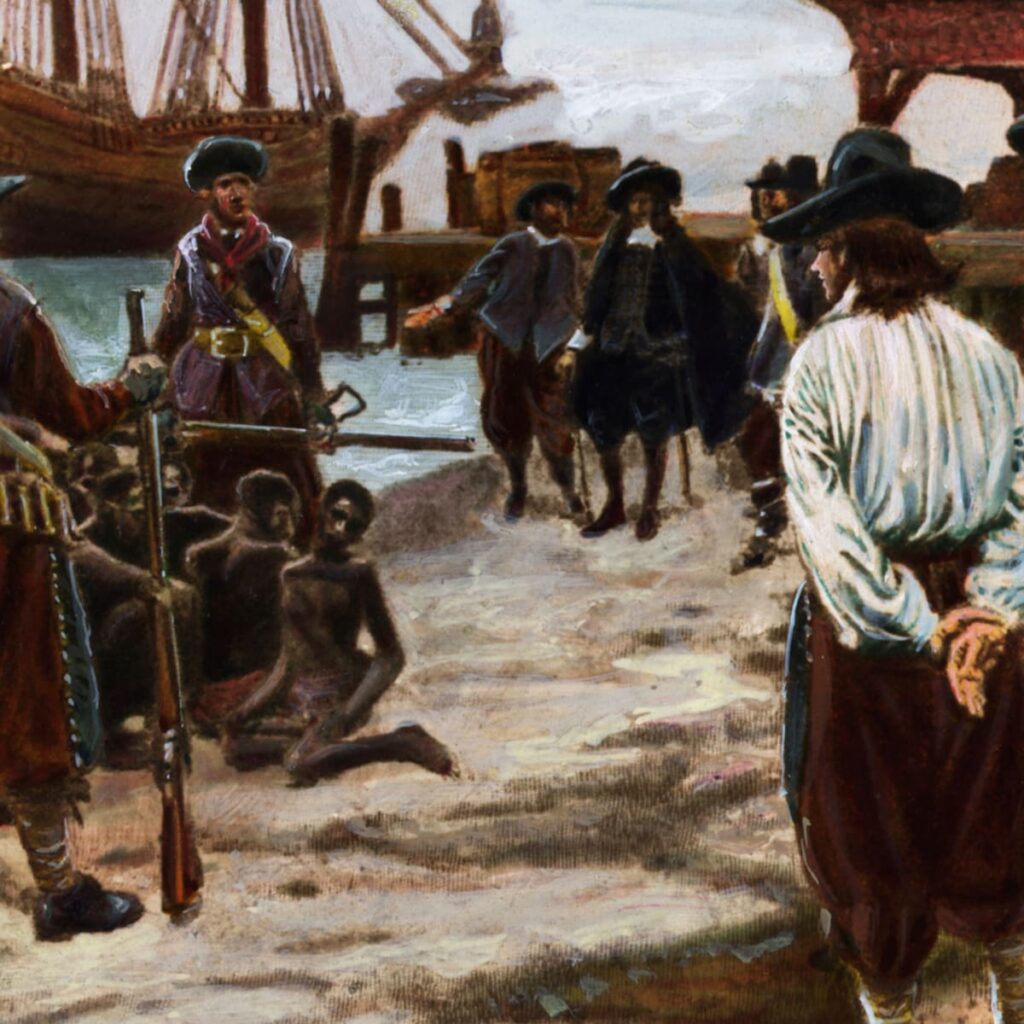
For the first time in history, in 1619, twenty male slaves from Africa were brought to Jamestown, Virginia, and became the first slaves to settle in the Americas. The start of the slave trade in the Americas marked the beginning of a process that would last for many years to come.
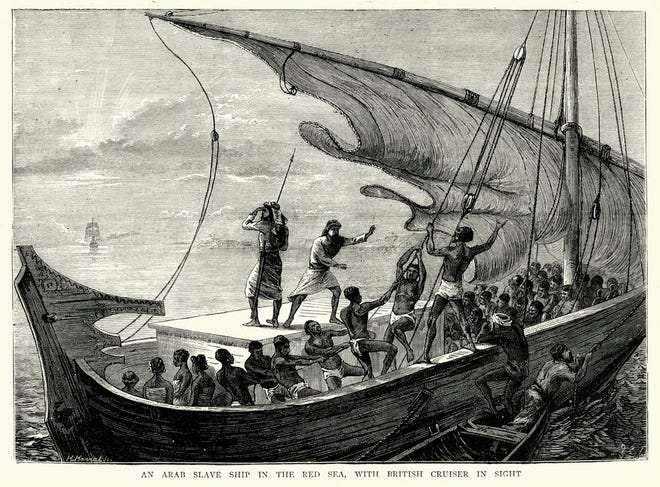
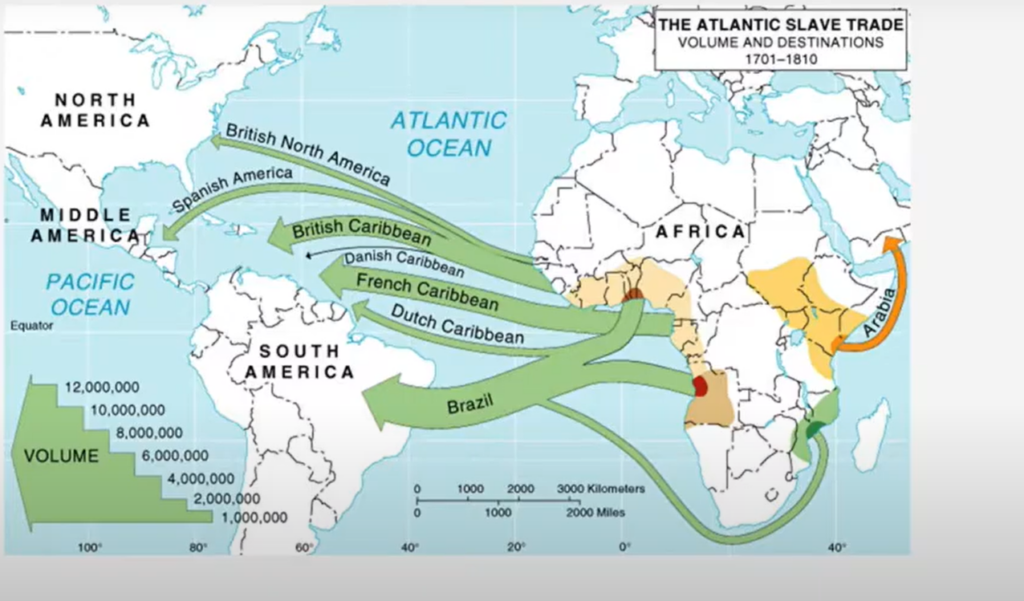
With the growing demand for slave labor in America and other western regions, countries like the Netherlands, Portugal, and England began trading and transporting slaves via large ships in huge quantities. Numerous infections were transmitted among the slaves and crew members due to over-packing and a lack of sufficient sanitization. It is estimated that ten to twenty million slaves were transported by ship to America. The slaves who survived faced worse conditions than slave ships. Between 10% and 15% of the captives died on the way to America.
The Labor and Slavery
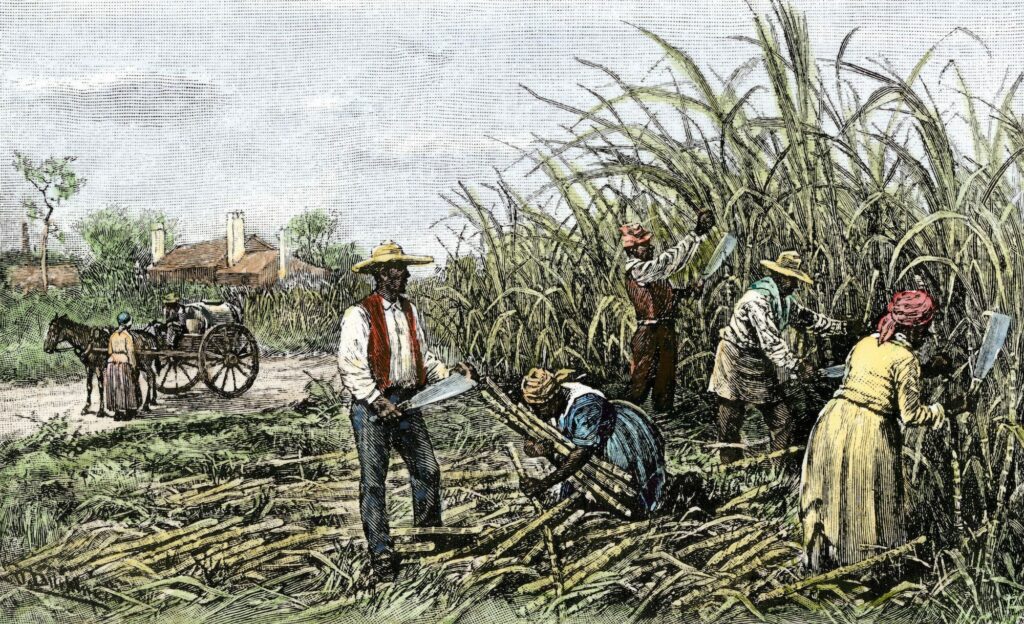
European colonies relied on African slaves to produce sugar and coffee on the islands. Additionally, many African slaves were sold to masters in Brazil, Spanish, and Americans for agricultural and home labor. The slaves were forced and beaten to work at least 12 hours a day. Slaves did all types of work, including housework; artisans and the majority worked as agriculture producers. The slaves imported in southern America make only a total of 5% of the Atlantic slaves.
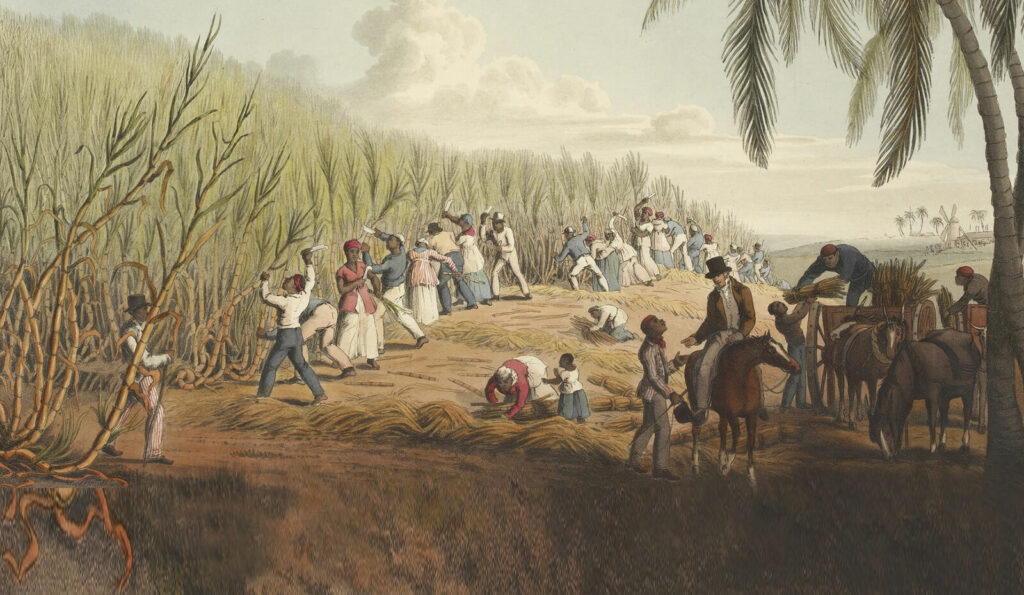
For ten months of the year, slaves were engaged in farming and processing sugar in the Brazilian region, in terrible conditions. In those days, the process of extracting sugar from canes was so difficult, exhausting, and time-consuming that slaves had a short life expectancy of between 25 and 30 years.
The slaves in the American region were tortured and beaten to obey the order and work continuously, but the Americans quickly understood that if they keep the slave healthy and safe from the unnatural deaths, it will soon result in an increase of work potential as well as the growth of the population of slaves. Although their masters often dehumanized the slaves for them to work efficiently, this was usually done by beating and treating them in such a way that they felt different from others and were born to live this way.

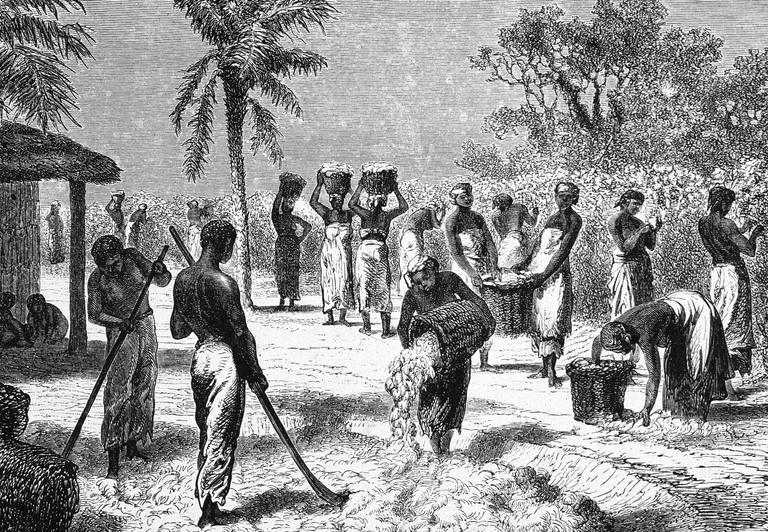
Slave labor powered the industrial revolution in Britain, providing cheap cotton for the textile industry and propelling Britain forward in the industrialization race. Slavery, according to the ancient philosopher Aristotle, was a natural phenomenon, and humans were divided into two categories: slaves and non-slaves. As a result, it was determining people’s mental processes throughout history.
The Abolishment of Slavery
During the 1780s, both the government and the people began complaining about slavery and its implications, and the brutality of the system, after years of exploitation and enslavement. The first act of slave rebellion was to flee their masters. There was an increase in slave revolts in Southern America, with some slaves taking matters into their own hands and murdering their masters. Due to fear that the slave movement would turn radical, the owners decided to ban their free time and extend their work hours in an attempt to keep slaves from rebelling.
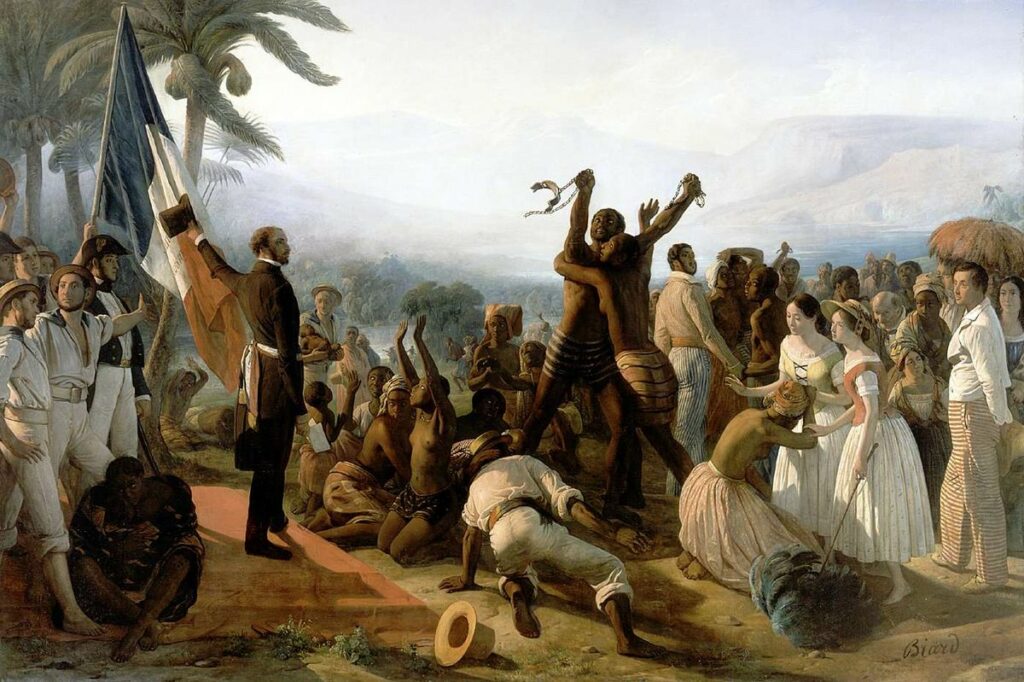
Millions of ordinary Europeans and Americans objected to the slave trade in Europe and the United States and eventually, it was abolished due to a number of circumstances. Additionally, millions of Africans played an important role in the abolition of slavery by fighting against slavery and resisting enslavement for a long period of time.
First to prohibit slavery was Denmark, which enacted laws in 1792 and put them into effect in 1803, followed soon thereafter by Britain in 1807, which imposed heavy fines for any slaves found on board British ships. By declaring slavery to be like piracy and punishable by death, the Royal Navy prevented other countries from engaging in the slave trade. Following this, the United States prohibited the construction or use of ships used to trade slaves.
With the abolishment of slavery, cruelties and inferiority were finally defeated.

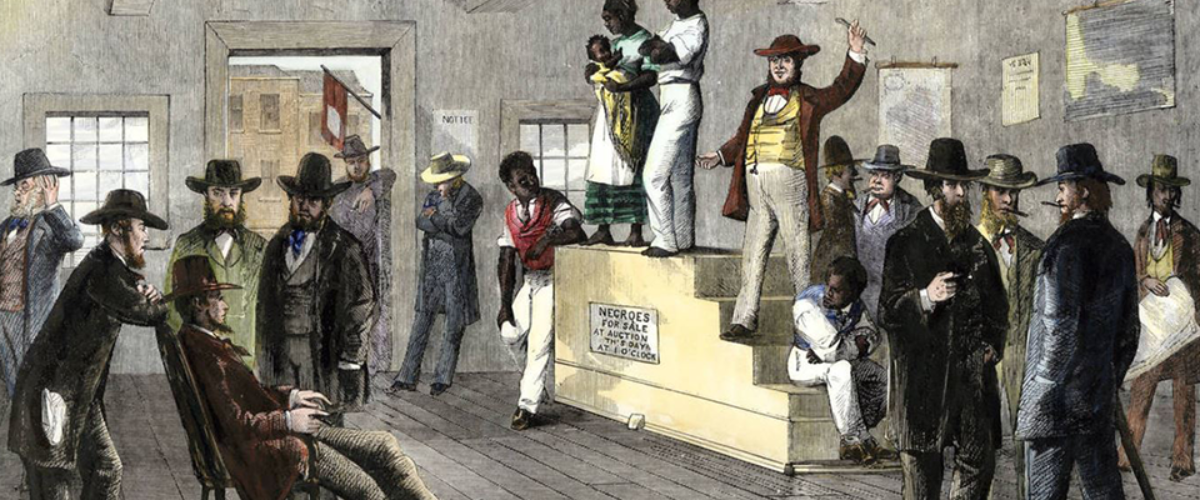



Add comment